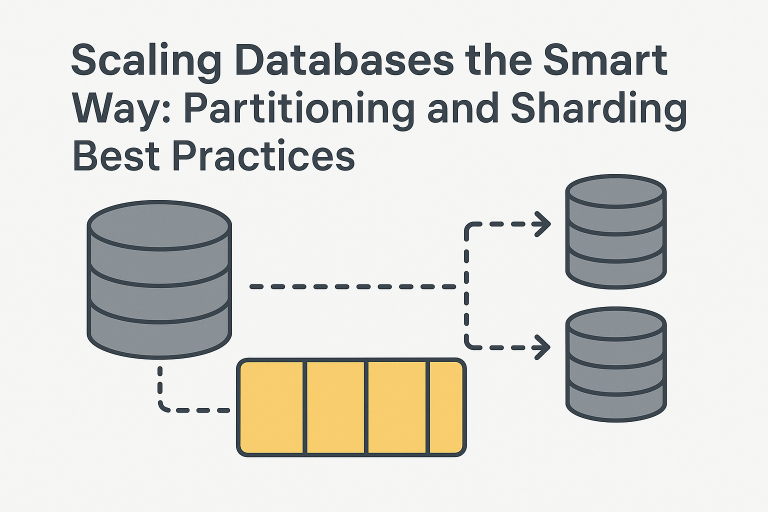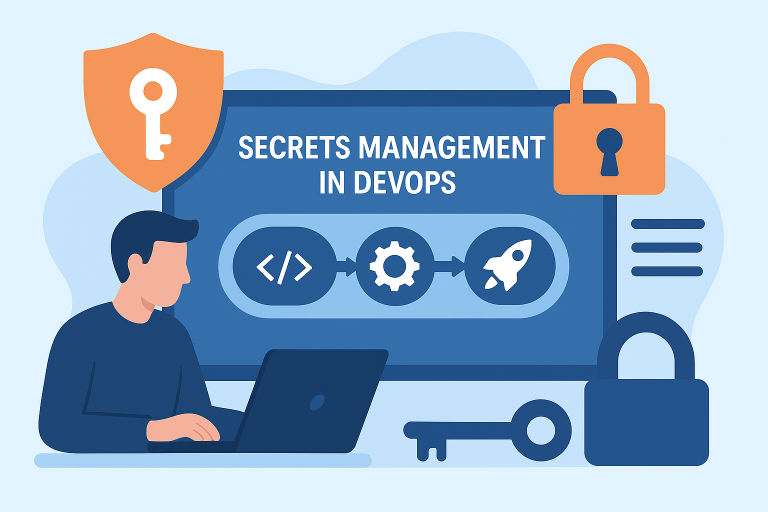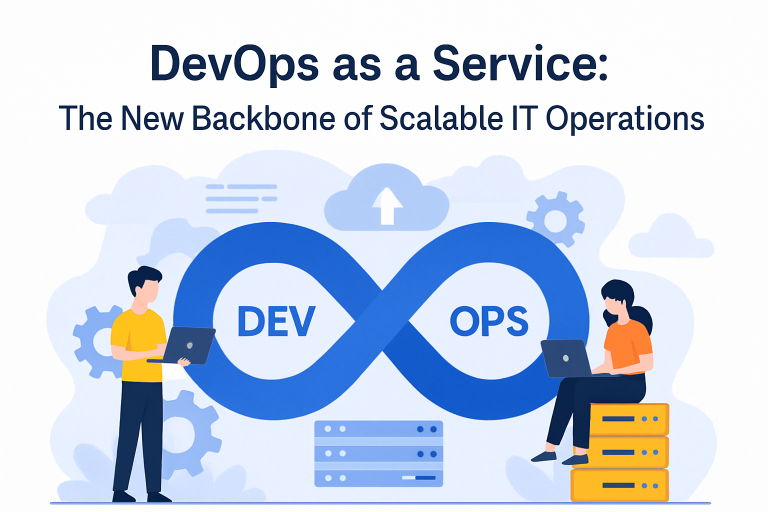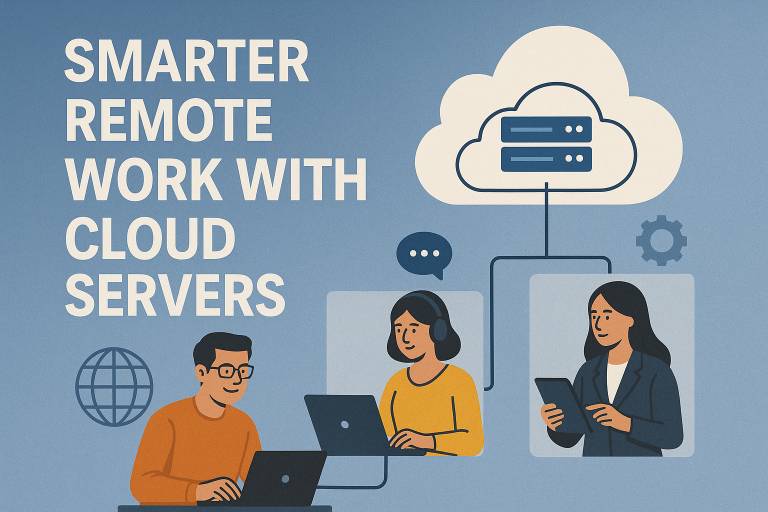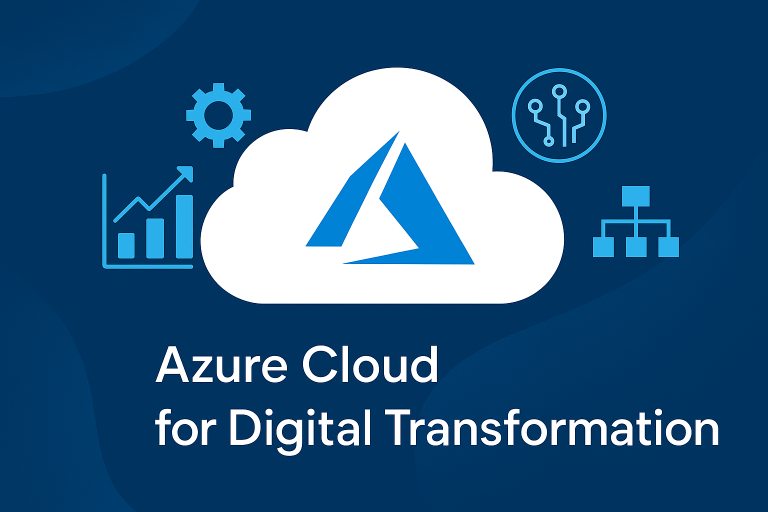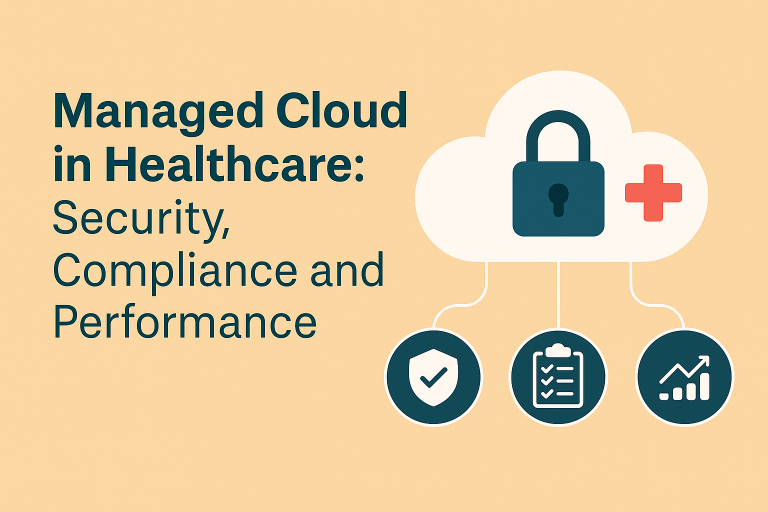
In today’s digital world, staying ahead means being agile, adaptable, and ready to scale at a moment’s notice. Indeed, cloud infrastructure is the backbone that makes this possible. However, as your business grows, managing and optimizing this cloud setup can quickly become a daunting task. This is exactly where AI-driven scalability comes in. Imagine, for instance, having a system that automatically adjusts your cloud resources based on real-time needs, thereby freeing you from manual tasks and letting you focus on what truly matters—growing your business. So, let’s explore how AI-driven scalability can make your cloud infrastructure work smarter, not harder.
The Role of Cloud Infrastructure in Business Growth
Why Cloud Infrastructure is Essential
Cloud infrastructure has truly transformed how businesses manage their IT operations, offering a flexible, scalable, and cost-effective solution for handling everything from data to applications. Whether you’re scaling up to meet growing customer demands, launching new services, or supporting a remote team, cloud platforms like AWS, Azure, and Google Cloud have become essential. These tools simplify IT infrastructure management, helping you stay agile and efficient in today’s fast-paced environment.
The Scaling Challenge
But as your business expands, so do the demands on your cloud infrastructure. What worked when you were just starting out may not cut it as you scale up. Without the right tools, you might find yourself dealing with inefficiencies, rising costs, and even downtime. Manually scaling your cloud resources is not only time-consuming but also prone to errors. This is where AI-driven scalability can save the day.
How AI-Driven Scalability Optimizes Cloud Infrastructure
What is AI-Driven Scalability?
At its core, AI-driven scalability is about using artificial intelligence to manage and optimize your cloud resources automatically. Instead of you having to guess how much storage or processing power you’ll need, AI does the heavy lifting by analyzing data in real-time and predicting future needs. This means your cloud infrastructure is always just right—not too big and expensive, not too small and sluggish.
Predictive Analytics for Better Scaling
One of the coolest things about AI-driven scalability is its ability to predict what you’ll need before you even know it yourself. By looking at past data and trends, AI can forecast demand and adjust resources accordingly. This proactive approach means you’re always prepared, whether you’re launching a new product, experiencing a sudden spike in traffic, or just handling day-to-day operations.
Automated Resource Management
AI-driven scalability also automates resource management tasks. This includes automatically adjusting server capacity, managing network traffic, and optimizing storage—all based on real-time data. This automation reduces the workload on your IT team and ensures that your cloud resources are always used optimally.
The Benefits of AI-Driven Scalability for Your Business
1. Cost Efficiency
- AI-driven scalability helps you avoid over-provisioning and reduces cloud expenses by scaling resources up or down based on actual usage.
- It identifies underutilized resources, suggesting adjustments that further cut costs.
2. Improved Performance and Reliability
- Continuous monitoring and adjustment of resources prevent performance bottlenecks, ensuring smooth operation even during peak demand.
- Enhanced reliability means better user experiences and customer satisfaction.
3. Enhanced Security and Compliance
- AI can detect unusual activities and adjust security measures automatically, helping you stay ahead of potential threats.
- It also ensures your cloud infrastructure complies with industry regulations, reducing the risk of fines and penalties.
4. Faster Deployment
- With AI-driven scalability, you can deploy new applications and services quickly without extensive manual configuration.
- This agility allows you to respond to market changes faster, giving you a competitive edge.
Steps to Implement AI-Driven Scalability
1. Assess Your Current Infrastructure
- Start by evaluating your existing cloud setup. Identify resource usage patterns, potential bottlenecks, and inefficiencies.
- This assessment will help you pinpoint where AI-driven scalability can have the most impact.
2. Choose the Right AI Tools and protocols
- Select AI tools that integrate seamlessly with your current cloud platform. Consider factors like ease of integration, automation capabilities, and support.
- Tools like AWS Auto Scaling, Google Cloud AI, and Azure Machine Learning offer robust features to help you get started.
Protocols and Tools for Implementation
When building a scalable and efficient cloud infrastructure, the right protocols and tools are crucial. They help different parts of your system communicate, manage data flows, and optimize resources. Here’s some essential protocols and tools you should consider:
a. RESTful APIs
Overview and Real-World Application:
RESTful APIs (Representational State Transfer) serve as the communication bridges within your cloud architecture, allowing different components to interact over the web using standard HTTP methods like GET, POST, PUT, and DELETE. For example, if your application needs real-time data—such as user metrics—it can use a RESTful API to request this data from a backend service. The service processes the request and returns the necessary data, which can then be used for analysis or decision-making, making RESTful APIs a simple yet powerful tool for integration.
b. gRPC
Overview and Real-World Application:
gRPC (gRPC Remote Procedure Call) is a high-performance API framework that leverages advanced technologies like HTTP/2 for transport and Protocol Buffers (protobuf) for serialization, making it faster and more efficient than REST. In a practical scenario, gRPC might be used to enable real-time communication between services, such as sending continuous system metrics updates to an AI model. Additionally, with gRPC’s support for bidirectional streaming, both client and server can exchange data simultaneously, which is particularly useful for live data feeds.
c. Message Brokers
Overview and Real-World Application:
Message brokers, such as Apache Kafka or RabbitMQ, manage the flow of messages between different components of your system, enabling asynchronous communication where parts of your system can send messages without needing an immediate response. In real-world use, a message broker could handle large-scale data ingestion, such as collecting logs or user interactions, buffering this data, and then distributing it to various services for processing, such as feeding performance metrics to an AI model for real-time analysis.
Swagger/OpenAPI: Utilize Swagger or OpenAPI for designing and documenting REST APIs, facilitating easier integration and testing.
3. Integrate AI with Your Systems
- Work closely with your IT team or a third-party vendor to ensure a smooth integration process. Test the AI-driven scalability solution in a controlled environment before full deployment.
- This ensures that it meets your performance expectations and can scale with your business needs.
4. Continuous Monitoring and Improvement
- AI-driven scalability is not a one-time setup. Regularly monitor your cloud infrastructure’s performance and make necessary adjustments.
- Continuous improvement ensures you’re getting the maximum benefit from your AI investment and that your infrastructure is always ready for growth.
Here is a Data flow diagram for AI-driven scalability:
The flow diagram effectively illustrates a data processing architecture where, first, RESTful APIs interface with external systems, while a Message Broker then manages communication between components. Subsequently, incoming data is stored in a Database Collection and is analyzed through an AI Platform with Machine Learning Models to derive insights, after which this data proceeds to further processing for decision-making.
Meanwhile, Data Processing Tools address specialized tasks, and GraphQL supports efficient data queries. Furthermore, Compute Services provide the required resources, while Orchestration Services coordinate tasks across the system. Finally, Monitoring and Optimization components track performance and make necessary adjustments, creating a dynamic and efficient environment for seamless data handling and insightful decision-making.
This architecture supports AI scalability by efficiently managing resources and adjusting to growing data needs. With dynamic resource allocation and continuous performance tuning, it ensures AI models scale smoothly while staying fast and accurate.
Addressing Common Challenges in AI-Driven Scalability
Data Privacy Concerns
- AI-driven solutions require access to large amounts of data. Ensure that your AI tools comply with data protection regulations and handle sensitive information securely.
- Strong encryption and trusted AI vendors are crucial for maintaining data privacy.
Managing Complexity
- Implementing AI-driven scalability can add complexity to your cloud infrastructure, especially if you’re using multiple tools.
- Simplify by creating a clear strategy and working with experienced IT professionals who understand both AI and cloud management.
Ensuring Team Buy-In
- For AI-driven scalability to be effective, you need buy-in from your IT team and other stakeholders.
- Communicate the benefits clearly, offer training, and provide ongoing support to ensure a smooth transition.
The Future of AI-Driven Scalability
Autonomous Cloud Infrastructure
The future of cloud infrastructure management is moving towards greater automation and autonomy. As AI algorithms become more advanced, cloud infrastructure will increasingly manage itself, requiring minimal human intervention. This shift will allow businesses to focus more on innovation and less on day-to-day operations.
AI in Multi-Cloud Environments
As more companies increasingly adopt multi-cloud strategies, AI will, in turn, play a key role in managing and optimizing resources across different platforms. Specifically, AI-driven scalability will enable businesses to fully leverage multi-cloud environments by ensuring flexibility, lowering costs, and reducing complexity.
Conclusion
AI-driven scalability isn’t just a buzzword; rather, it’s a practical and powerful way to optimize your cloud infrastructure and support your business’s growth. For example, by automating resource management, predicting future needs, and keeping costs in check, AI ensures that your cloud setup remains consistently aligned with your goals. Furthermore, as AI technology continues to evolve, its impact on cloud management will only expand, making it an essential tool for any business aiming to scale effectively.
